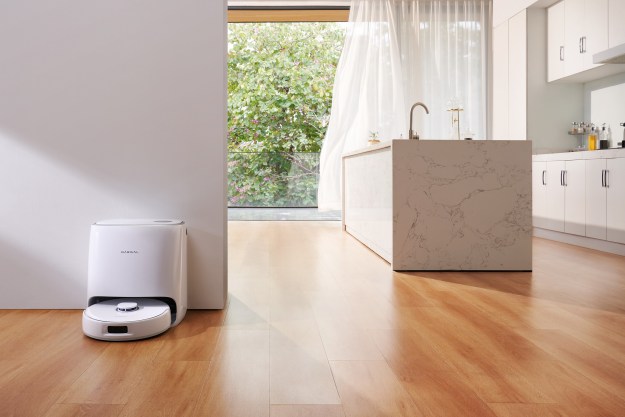An excellent smart speaker is a great way to complement your entertainment hub or serve as a central speaker for your whole home. Both Amazon and Google have strong contenders with the Echo Studio and Home Max, two large smart speakers that focus on audio quality above all.
Which is best? That may depend on what features are most important to you: Let’s take a deep dive into how the speakers match up, and which we’d recommend overall.
Read our Amazon Echo Studio full review.
Read our Google Home Max full review.
Design

While these smart speakers may fill similar roles in the home or office, they have considerably disparate designs.
The Echo Studio is reminiscent of the traditional Echo speaker design: Cylindrical, covered with fabric, with a gap toward the bottom for better sound reverberation. It has a 3.5mm port and a mini-optical Toslink line in addition to its power cord. The top of the speaker functions as its interface, with the classic Alexa light circle to show the status, and several buttons for controlling volume and power. The Echo Studio is designed to be placed in a wide variety of locations.
Google’s take is different: The Home Max is an oblong speaker more than 13 inches wide and more than 7 inches high. It uses a set of three LED light dots to indicate status (as the other Nest Home products do), and it uses an interesting touch bar on the top of the speaker to control power and volume. There is both a 3.5 mm audio port and a USB-C port in addition to the power cable. The Max is designed to be placed in an area and face outward, so it’s not as good for 360-degree sound and does take a little more thought when deciding where exactly to put it. However, the size does allow for larger sound drivers inside, which we’ll touch on below.
Sound Quality
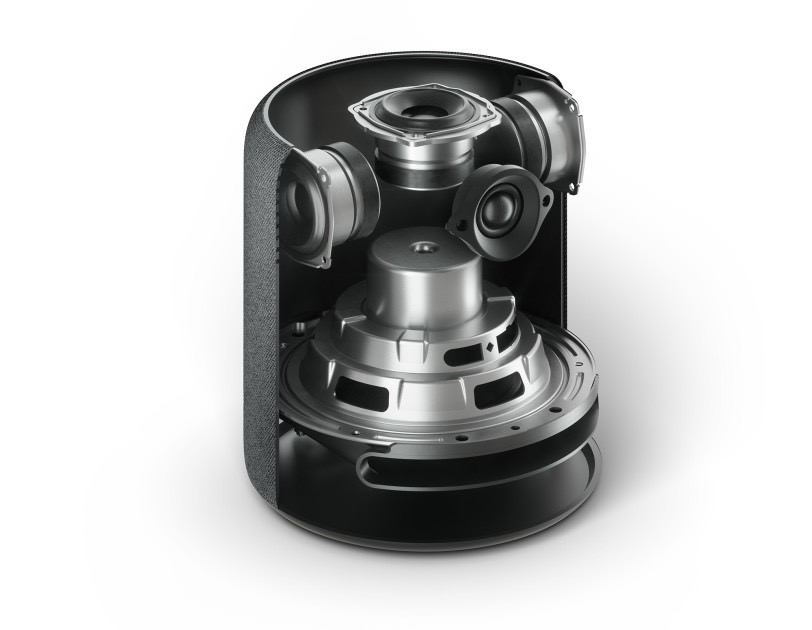
The Echo Studio is equipped with five speakers pointing in different directions – a 1-inch tweeter, three 2-inch mid-range speakers, and a 5.25-inch woofer for bass. Combined, the speakers are designed to provide 360-degree, room-filling sound. While the Echo Studio does this well, that purpose does somewhat hamstring audio performance in specific cases. In testing we found that some mid-range audio can occasionally seem muffled or distant, while lighter notes can sometimes feel a bit brittle. Overall, however, the speaker’s sound is impressive, and it has the best bass of any smart speaker we’ve tried.
For the Home Max, it’s all about power. Inside this speaker, you’ll find two 4.5-inch dual voice-coil woofers and two 0.7-inch tweeters. That combination is excellent for bass and, well, for loud audio in general, and benefits from Google’s automatic sound optimization software based on the room’s acoustics. If you really enjoy blasting music, there’s a lot to love here, and our tests found that the speaker is pretty good at responding to voice commands even when the audio is turned up.
It’s also worth noting that the Echo Studio supports both Dolby Atmos audio and 3D audio (there isn’t much of the latter, and you need a special Amazon Music HD subscription for it, but it’s a cool treat for audiophiles). The Home Max supports neither.
Smart features

For each speaker, smart features are handled by their voice assistants, so the real question becomes — which do you like better, Alexa or Google Assistant?
Compatibility
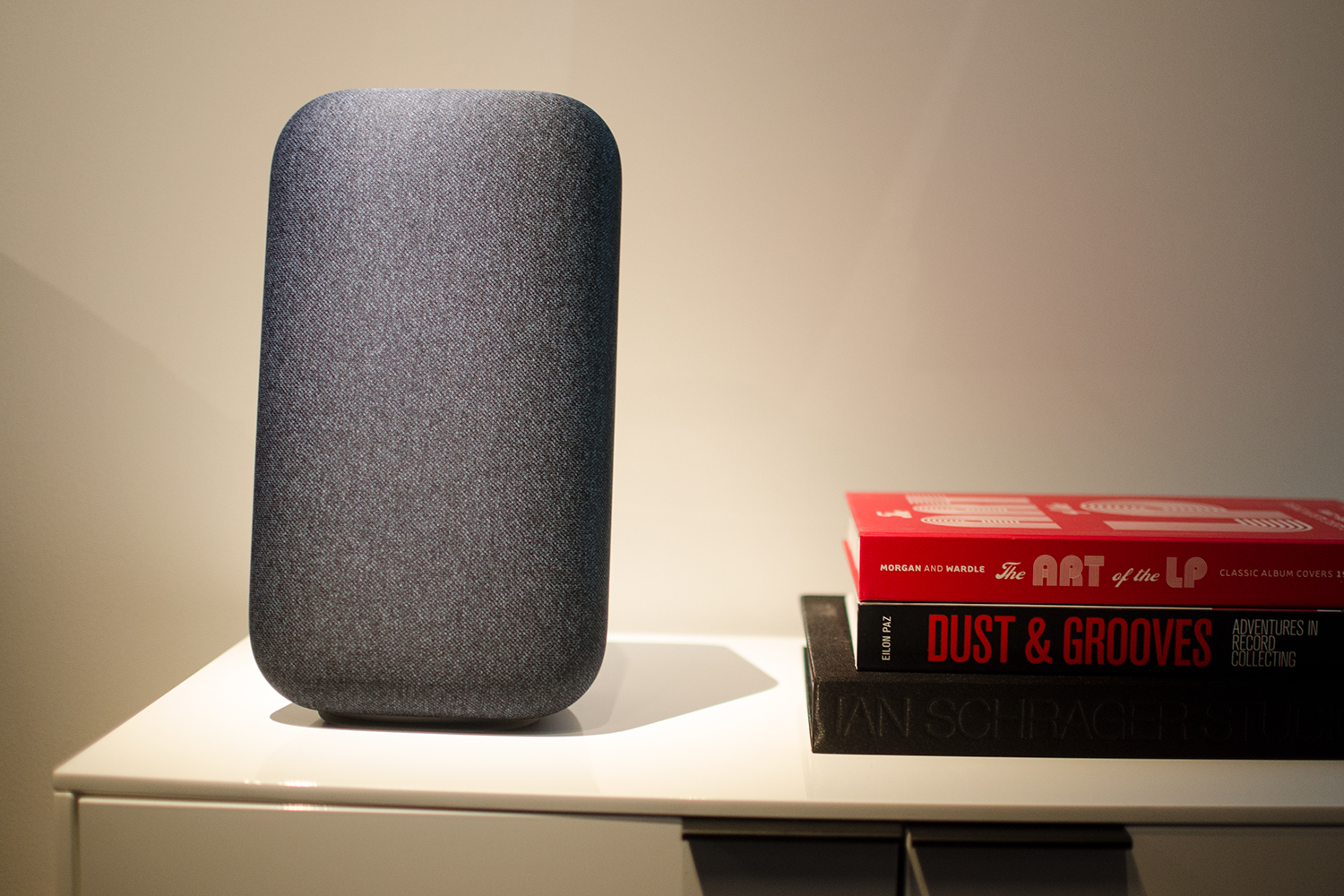
Will your speaker work with the rest of the tech in your house? Both of these smart speakers have great compatibility with online services — the voice assistants work with Spotify (which came to Echoes in 2019), Pandora, and other popular apps.
However, in physical device platforms, we start to see a difference. The Echo Studio and Alexa are famed for working with a very broad selection of smart devices and support thousands of various brands for
Now let’s take a closer look at TV speaker compatibility in particular. The Google Home Max cannot connect with a TV wirelessly and play sound. Your only option is to plug it in manually with the 3.5 mm audio input or use the USB-C port. The Echo Studio, meanwhile, supports Dolby Atmos and 360 Reality Audio codecs, which makes it easier to use this speaker with TVs. Both speakers support wireless connections with their relative streaming devices — the Studio works with all Fire TV devices, and the Home Max works with Chromecast.
Privacy
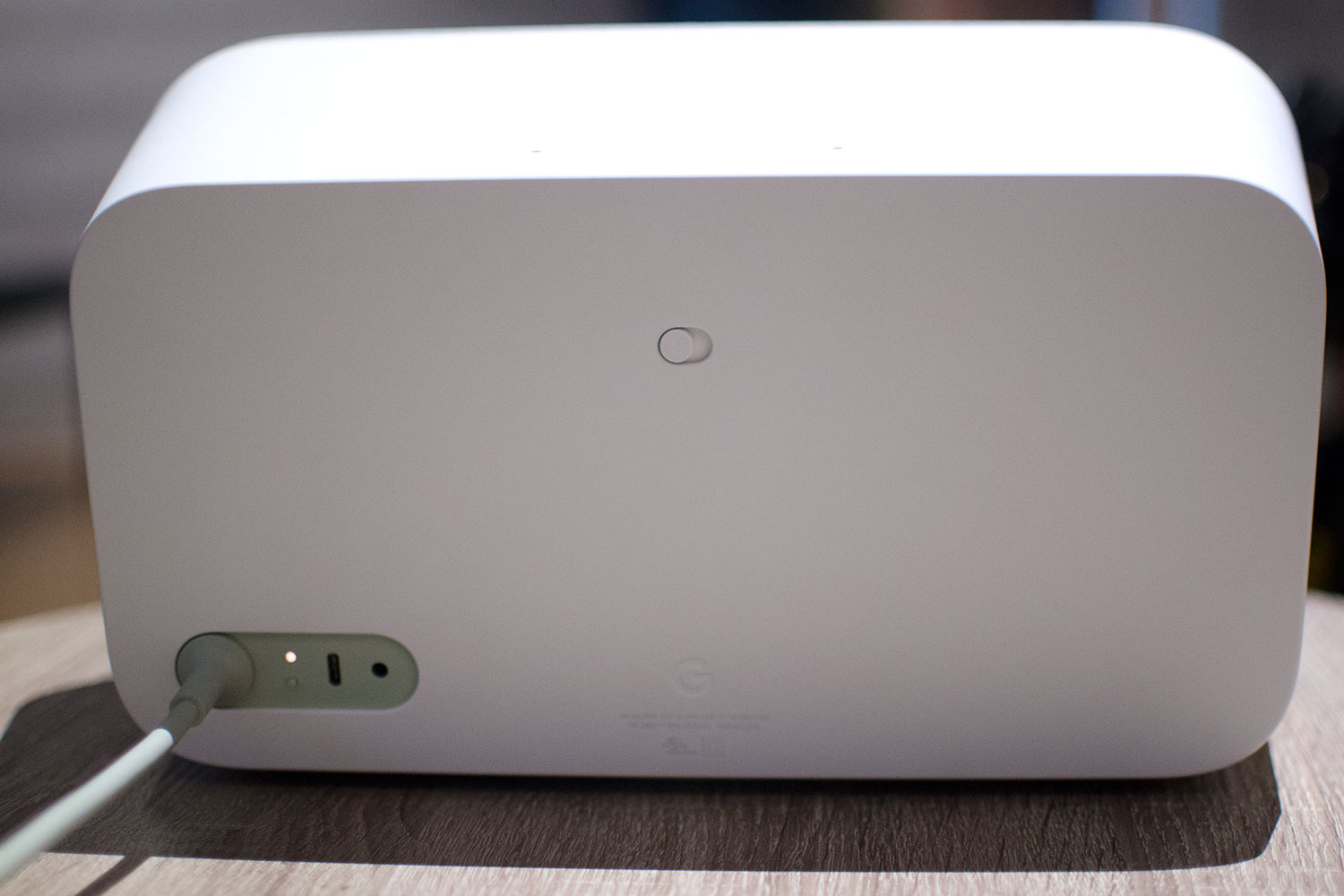
A common concern with smart speakers is that they may be listening when you don’t want them to, or keeping recordings or your commands. Fortunately, both these speakers have great privacy options.
Both the Echo Studio and Home Max have physical buttons to control their mics. When you turn the switch off, the mics are electronically disabled — they don’t have power, and they can’t pick up any audio at all. When you want to use the mic, just flip back on and it will start listening for you again.
Note that Alexa also allows you to go in and make sure that your history of commands is erased whenever you want to. Google Assistant has a similar “Delete activity” option, too.
Pricing and Availability
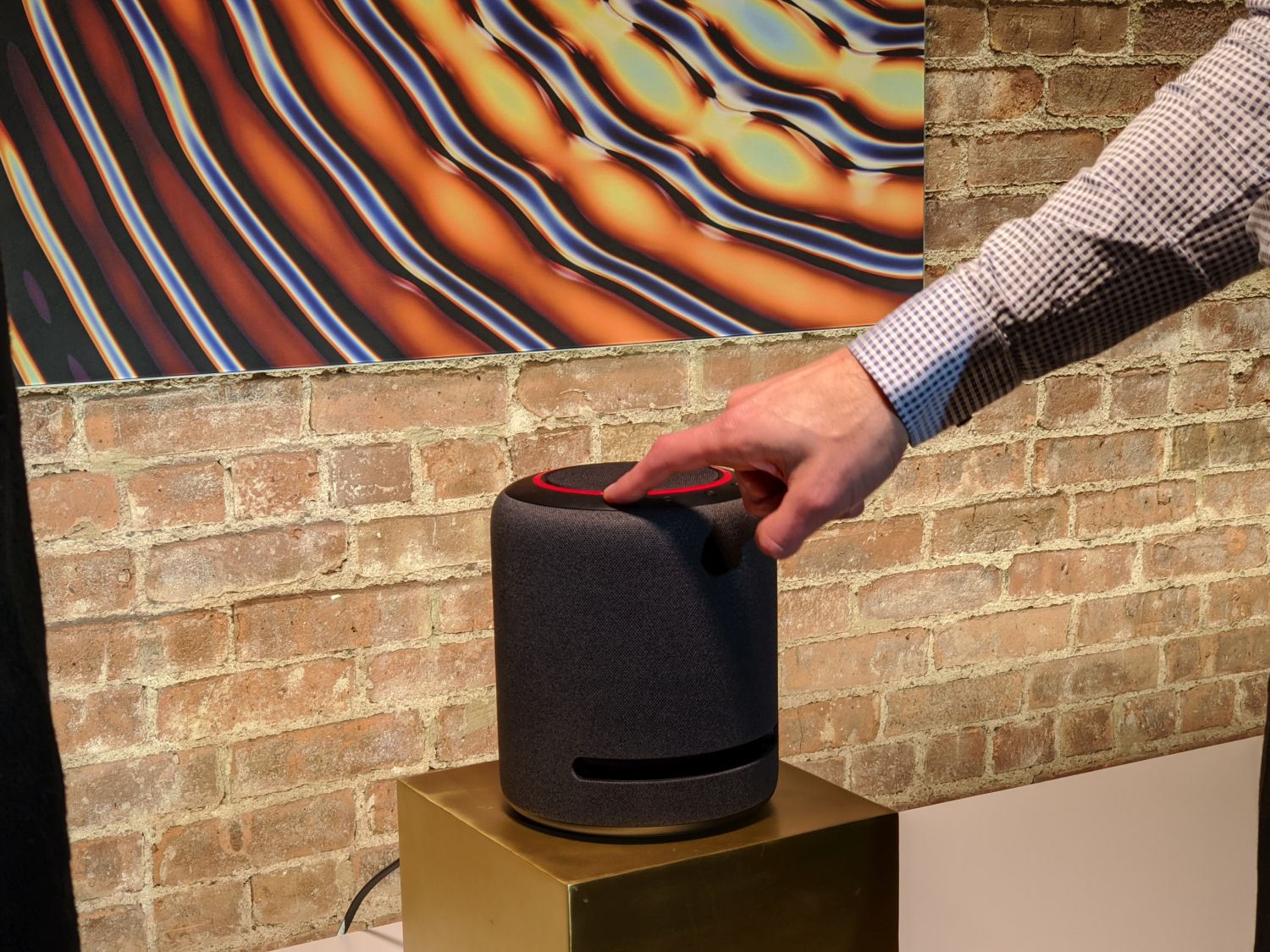
Both the Echo Studio and Google Home Max are easy to order online at their respective sites.
The Echo Studio is available for $200. There are no color options besides the basic charcoal color.
The Google Home Max is available for $300. There are chalk and charcoal color options to choose from.
Ultimately, Google wants you to pay $100 more for a somewhat larger speaker with better bass, while Amazon is focusing on competitive pricing as a way to get people into the Alexa world. For those with limited budgets, there’s no question that the Echo Studio is the better choice.
Conclusion

While Google’s speaker may have bigger sound, Amazon’s Echo Studio wins when it comes to compatibility and a more affordable price. Overall, the quality of the Home Max is great but not quite enough to overcome the usefulness and savings the Studio delivers, especially if you already have a Fire TV device so they can work in concert.
While they are both smart speakers, it’s also important to note that your preference might depend on what voice assistant you like or already use. Are you more of an Alexa person, or do you prefer to organize your life with Google Assistant?
Editors' Recommendations
- Best Amazon Echo deals: Save on Pop, Show, Dot, and Studio
- Ecovacs Deebot X2 Combo vs. Dreame X40 Ultra: Which robot vacuum is best for your smart home?
- The best smart light switch for Alexa, Google Home, and HomeKit
- What to know before connecting the Roborock S8 MaxV Ultra to your drainage system
- Roborock S8 MaxV Ultra vs. Roborock S8 Max Ultra: Which is the better robot vacuum?

